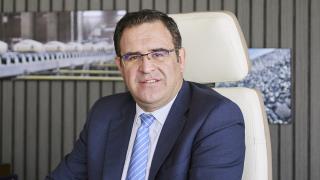With waste-to-energy in the cement sector holding significant potential, Ian Riley, CEO of the World Cement Association, explains why the organisation is encouraging its global members to evaluate co-processing and waste heat recovery for the benefit of the sector, society and efforts to tackle climate change.
As a global organisation, the World Cement Association (WCA) encourages its members to take ambitious action and believes that reducing greenhouse gas (GHG) emissions and tackling climate change effectively requires joint effort. With nearly all of the WCA’s members trying to increase their use of alternative fuels and implement waste heat recovery (WHR), CEO Ian Riley discusses the importance of waste-to-energy, factors that will drive increased usage and unlock its potential.
ICR: What is the WCA’s main policy in relation to waste-to-energy for its members?
Ian Riley (IR): Waste-to-energy sits at the intersection of three important sustainability strategies for the cement industry. The first is to maximise energy efficiency and hence reduce GHG emissions and resource use. The second is to replace coal with lower-carbon fuels. The third is to provide a service to society by safely disposing of municipal and industrial waste.
